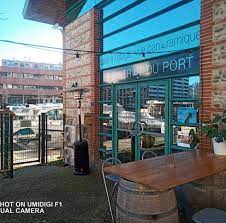Morbihan
WELCOME TO Morbihan
Entry Into Department
Morbihan
6,823 km2
781,727
French
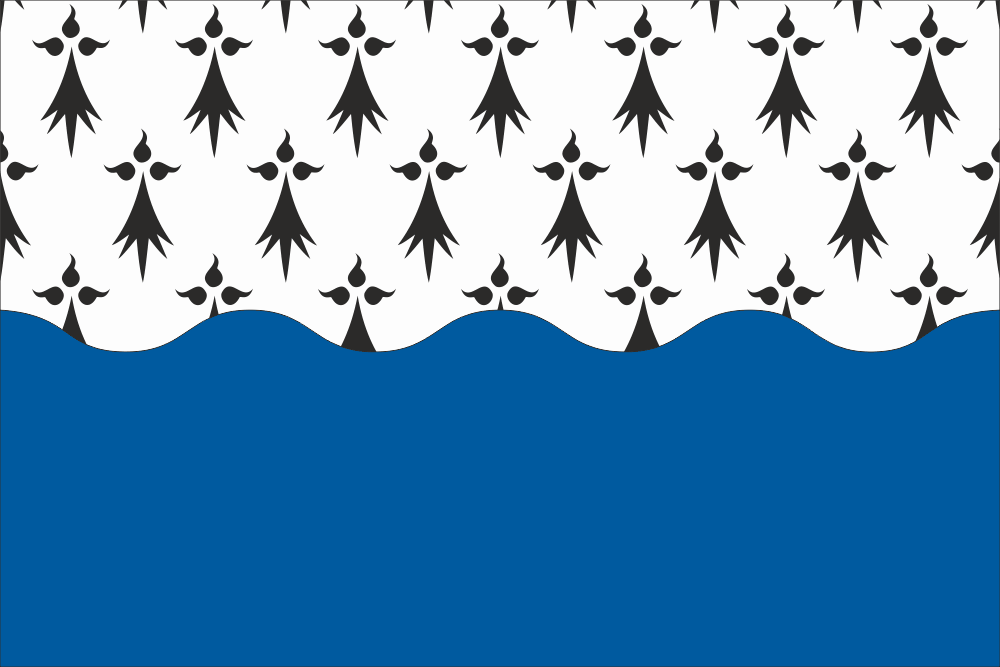
Popular
Geography and Tourist Attractions
Information about the canton's tourist attractions, including popular destinations, events, and activities.
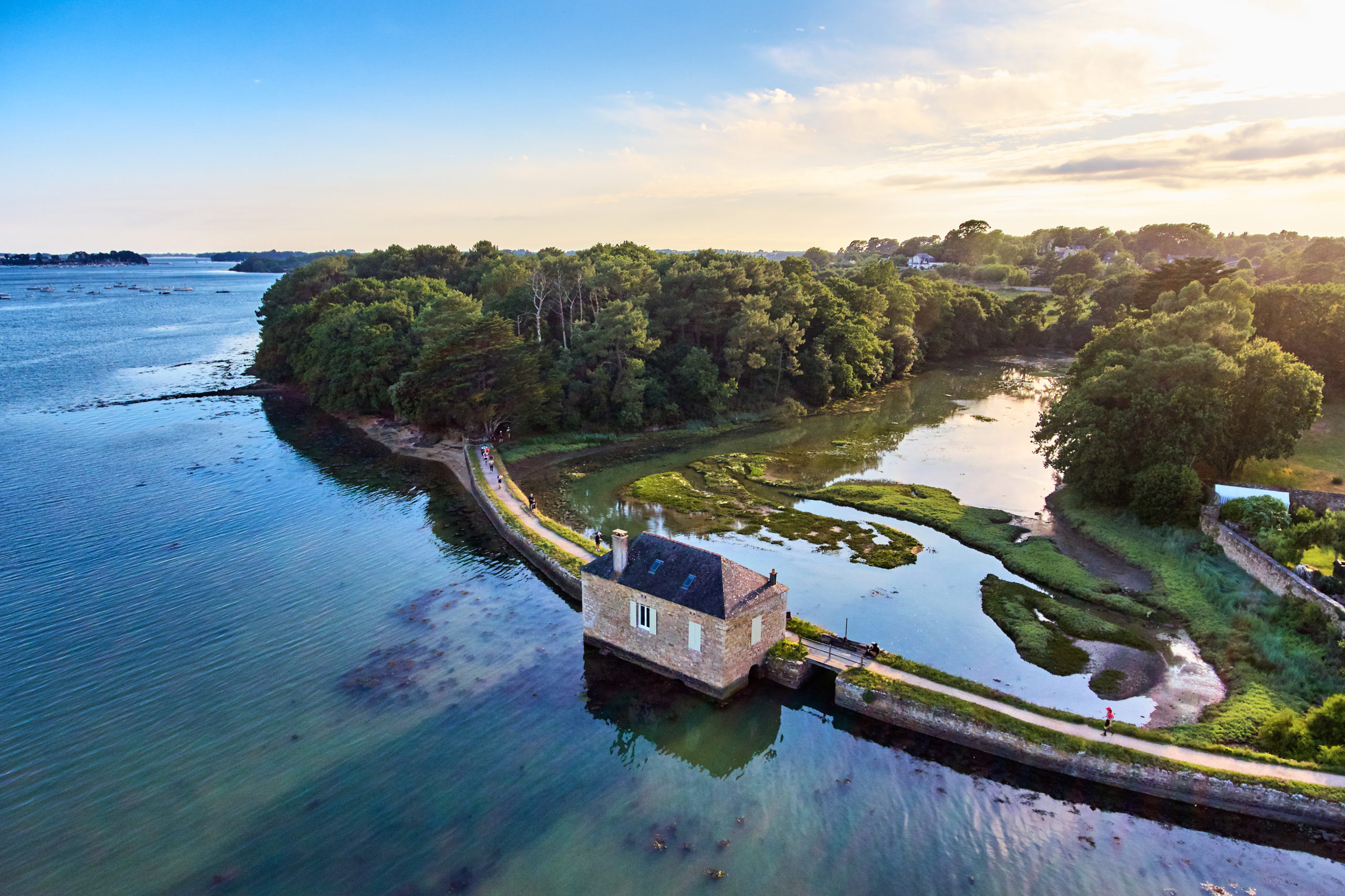
Gulf of Morbihan
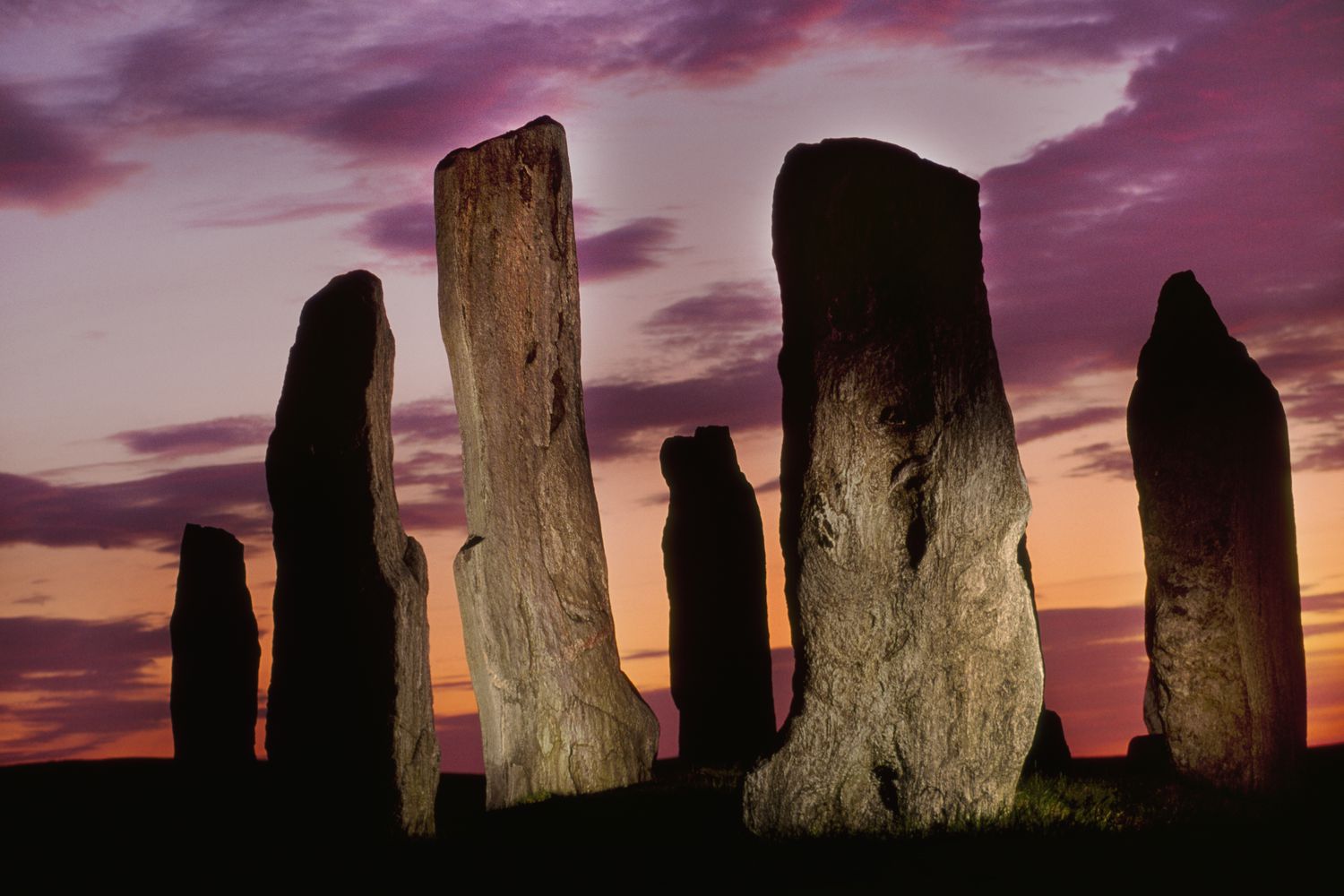
Megalithic Sites
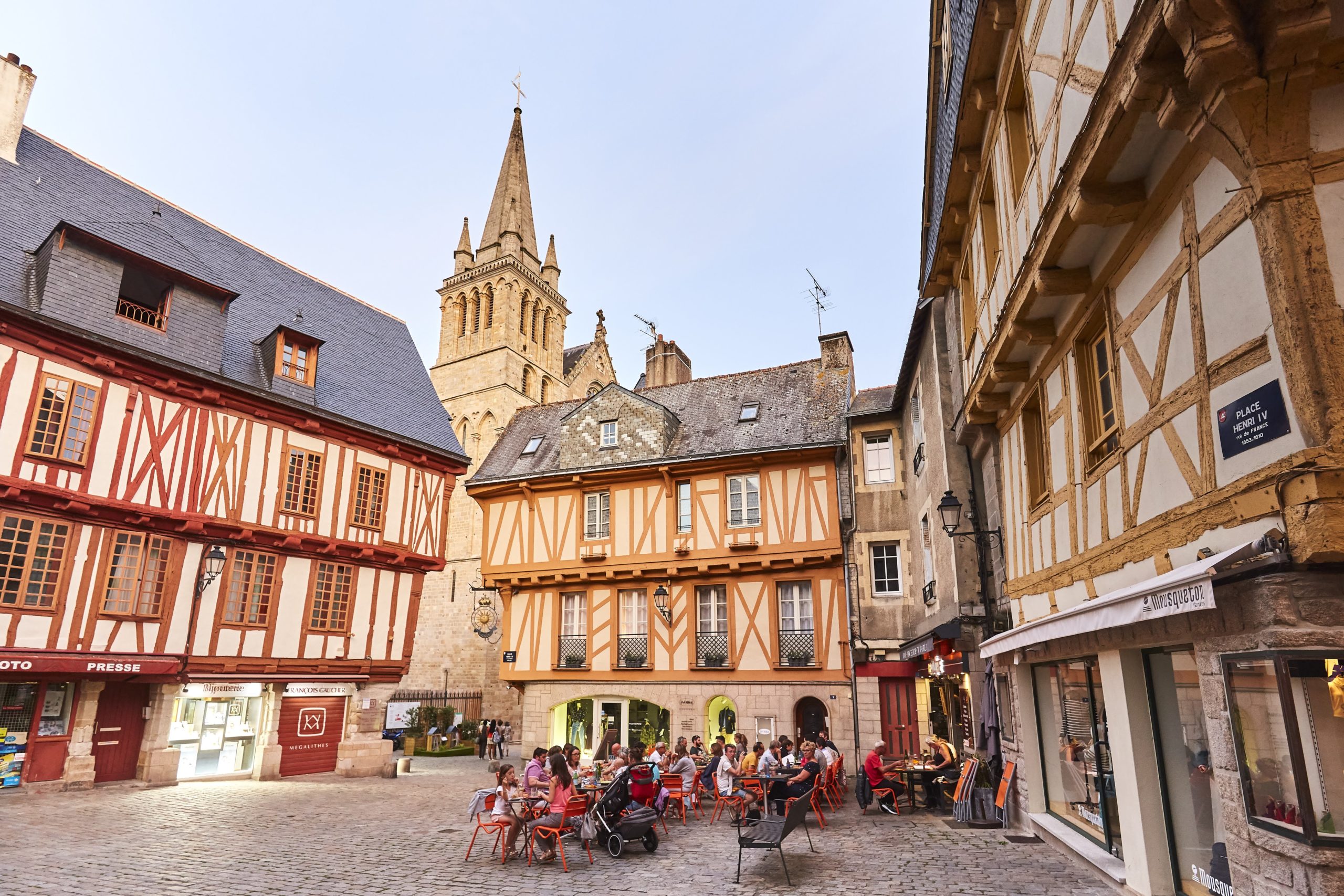
Vannes
Political
Economy and Government
Morbihan has a diverse economy that is driven by several industries. The region is known for its agricultural products, including seafood, livestock, and crops such as wheat and maize. The fishing industry is also a significant contributor to the local economy. Additionally, Morbihan has a thriving tourism industry, which attracts visitors from around the world to explore its many natural and cultural attractions.
The government of Morbihan is structured around the departmental council, which is responsible for managing local services and implementing policies. The council is composed of 42 elected officials who are responsible for making decisions on matters such as transportation, education, and social services. The council is led by the president, who is elected by the members of the council.
At the national level, Morbihan is represented by three members of parliament in the National Assembly and three senators in the Senate. The department is also part of the larger administrative region of Brittany, which has its own regional council and president. The region has a degree of autonomy in areas such as economic development, transportation, and culture.
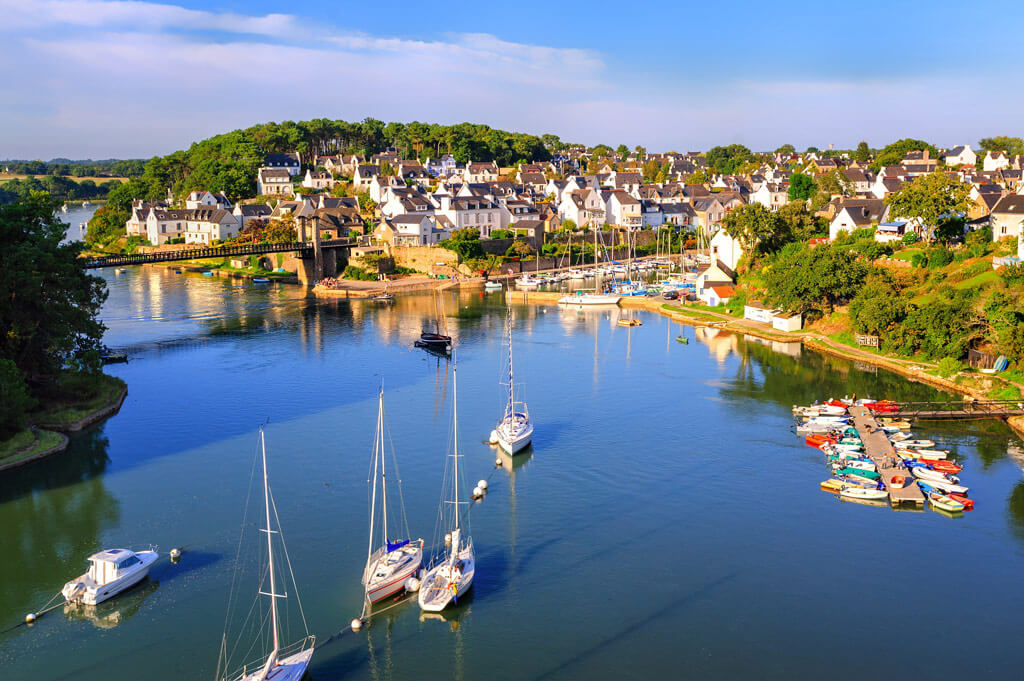
History
History and Culture
Morbihan has a rich history and culture that spans back to the prehistoric era. The region is known for its megalithic structures, such as the Carnac Stones, which date back more than 4,500 years. The area has also been influenced by the Celts, Romans, and Bretons throughout history, and many cultural traditions and customs have been passed down through the generations.
The region has a strong connection to the sea, and its coastal towns have played an important role in maritime trade and fishing throughout history. Morbihan is also home to several charming villages and towns, each with its own distinct character and cultural heritage.
In terms of cultural attractions, the region has a rich tradition of music, dance, and art. The annual Festival Interceltique de Lorient is a celebration of Celtic music and culture that attracts thousands of visitors each year. The region is also home to several museums and galleries, including the Museum of Fine Arts in Vannes, which houses an impressive collection of art from the 15th century to the present day. The local cuisine is also an important part of the region's cultural heritage, with dishes featuring fresh seafood, locally grown vegetables, and regional cheeses.
HOTELS

Hotel Le Diana

Domaine de Rochevilaine
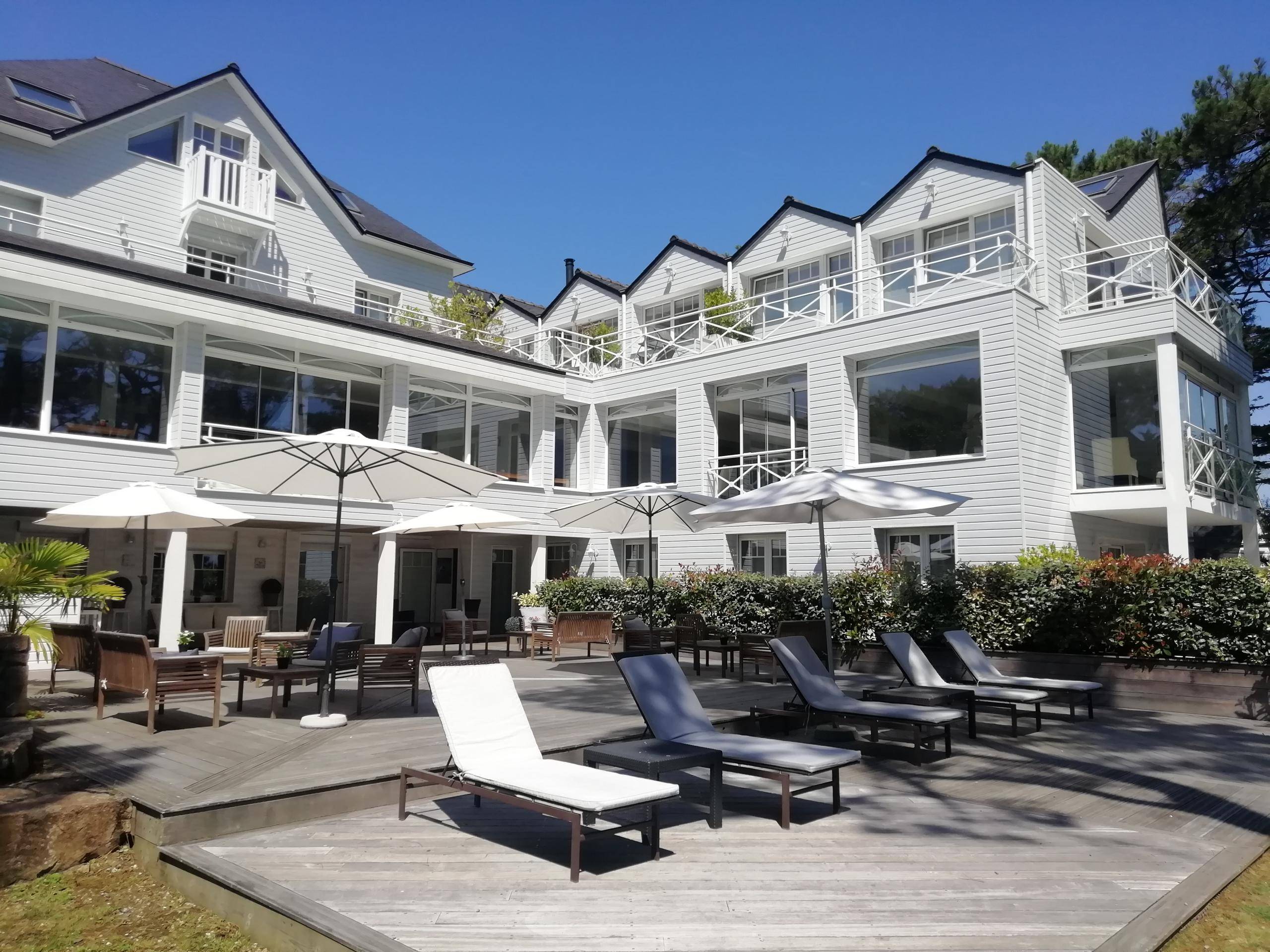
La Villa Bel Ange
RESTAURANTS
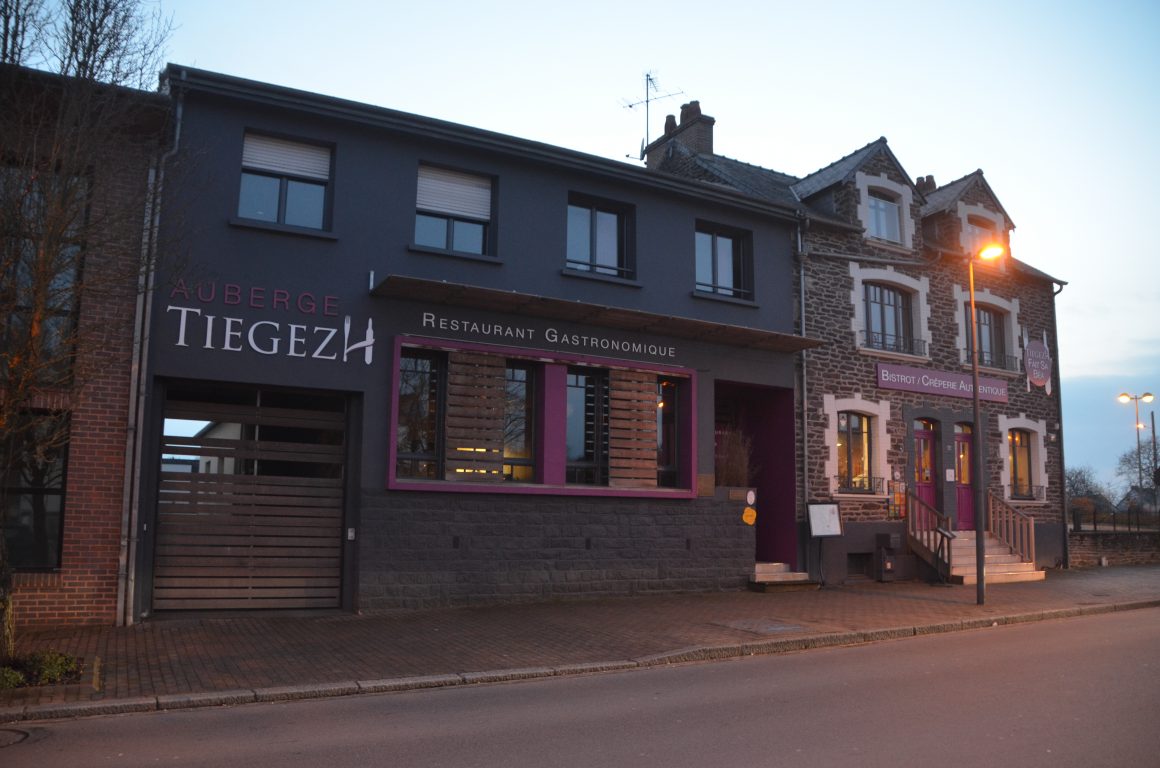
Auberge Tiegezh

Le Petit Gourmet
